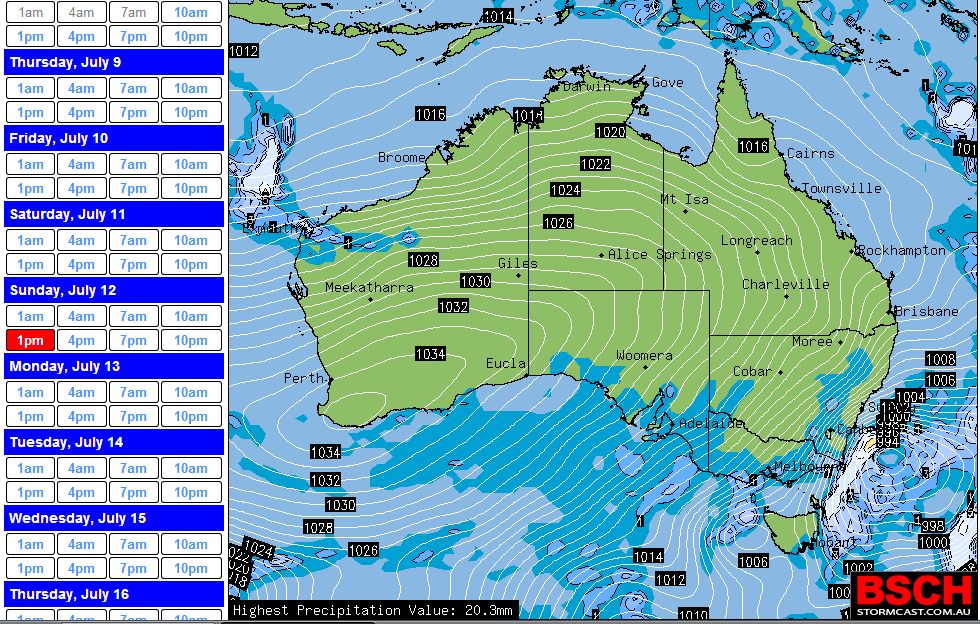Find Out What Winter Sports You Can Try When Visiting Snow In Australia
Find Out What Winter Sports You Can Try When Visiting Snow In Australia
Blog Article
Recognizing the Importance of Snow in Australia for Agriculture and Tourist
While Australia is often linked with sun-kissed beaches and dry outback, it additionally boasts a wide range of snowy towering areas. As we examine this surprising crossway, the potential impact of moving climate patterns on Australia's snowfall and its subsequent impacts end up being an engaging emphasis.

The Unanticipated Snowfall: Australia's Alpine Regions
When winter months capes the world, Australia's Towering regions put on a white mantle of snow, a spectacle that seems nearly paradoxical in this dominantly sun-baked land. As opposed to the stereotyped picture of Australia as a land of beaches and deserts, these regions use a lovely and unusual comparison. The Australian Alps, extending throughout New South Wales, Victoria, and the Australian Funding Territory, obtain more snowfall than Switzerland. This unforeseen winter season wonderland supplies a special ecosystem, offering a habitat for numerous native species and a snowy play area for wintertime sports enthusiasts. The yearly snowfall, although not as abundant as in some countries, is an essential aspect of Australia's environment diversity and plays a substantial function in the nation's agricultural techniques and tourism sector.
Wintertime's Bounty: Snow's Contribution to Australia's Water Resources
Despite its rarity in the wider landscape of Australia, snow in the Alpine regions plays a critical duty in the nation's water resources. Offering as an all-natural reservoir, the snowpack shops water throughout the chilly months, progressively releasing it right into rivers and dams as it thaws in warmer seasons. This process makes sure a steady supply of water, helping in the stablizing of the nation's water cycle. This is particularly essential for Australia, a continent regularly plagued by droughts. The snowmelt feeds into the Murray-Darling Container, a lifeline for several communities in the southeastern parts of the nation. Without the bounty of wintertime snow, Australia's water resources would be substantially stressed, influencing both the populace and the atmosphere.
White Blanket, Eco-friendly Fields: The Effect of Snow on Australian Agriculture
Although much less visible, the influence of snow on Australian farming is significant. Snowfall in the high country serves as an all-natural type of watering, progressively melting and giving a constant water to lower-lying farmland. This water-rich setting fosters the development of durable plants, contributing to the country's agricultural productivity. Moreover, snowfall enhances dirt health and wellness by presenting wetness and trapping nutrients, which are progressively launched as additional resources the snow melts. This process improves the dirt, cultivating the development of much healthier, much more resilient plants. In addition, snow cover acts as a safety blanket, shielding the ground against severe winter season temperature levels that might otherwise harm crops. Thus, the duty of snow in Australian agriculture is both important and complex.

Money: Snow Tourism and Its Economic Importance in Australia
While the value of snow to Australian agriculture is typically ignored, its contribution to the country's tourist industry is without a doubt substantial. The snow-laden heights of Australia's alpine regions bring in a flurry of vacationers every wintertime, adding millions to the national economy. These site visitors engage in a variety of snow-based tasks, from winter sports and snowboarding to snowshoeing and informative post sledging. The prospering snow tourism sector has led to the creation of numerous work, from ski trainers to resort personnel, bolstering regional economic climates while doing so. In addition, the profits generated from snow tourist helps fund numerous framework projects and crucial services in these areas - Does Australia Get Snow. Therefore, the financial significance of snow tourist in Australia extends much beyond the inclines.
Future Projection: Environment Modification and Its Possible Effects on Australia's Snowfall
As the world faces the truth of environment adjustment, so too must Australia consider its prospective impacts on the nation's snowfall. Current clinical designs predict a decrease in Australian snowfall, with possibly extreme influence on both farming and tourist. In some locations, the snow period might be reduced by as much as 80 days by 2050. Such adjustments intimidate the viability of Australia's ski industry, which adds significantly to the regional economic situation. Much less snowfall might additionally affect the country's agricultural sector, as snowmelt plays an essential duty in sprinkling plants. The prospective impacts of these changes underline the necessity of environment change reduction initiatives, both in Australia and internationally.
Verdict
In verdict, snow is a pivotal component of Australia's agricultural and tourist industries. The impending risk of environment change increases concerns about the future of Australia's snowfall patterns, possibly interrupting these substantial economic markets.

When winter season capes the globe, Australia's Towering regions put on a white mantle of snow, a phenomenon that appears almost paradoxical in this dominantly sun-baked land.Regardless of its rarity in the wider landscape of Australia, snow in the Towering areas plays an important duty in the nation's water resources. Without the bounty of winter season snow, Australia's water sources would be considerably stressed, influencing both the population and the environment.
Therefore, the Extra resources financial value of snow tourism in Australia extends far beyond the inclines.
In final thought, snow is an essential component of Australia's farming and tourist fields. Snow In Australia.
Report this page